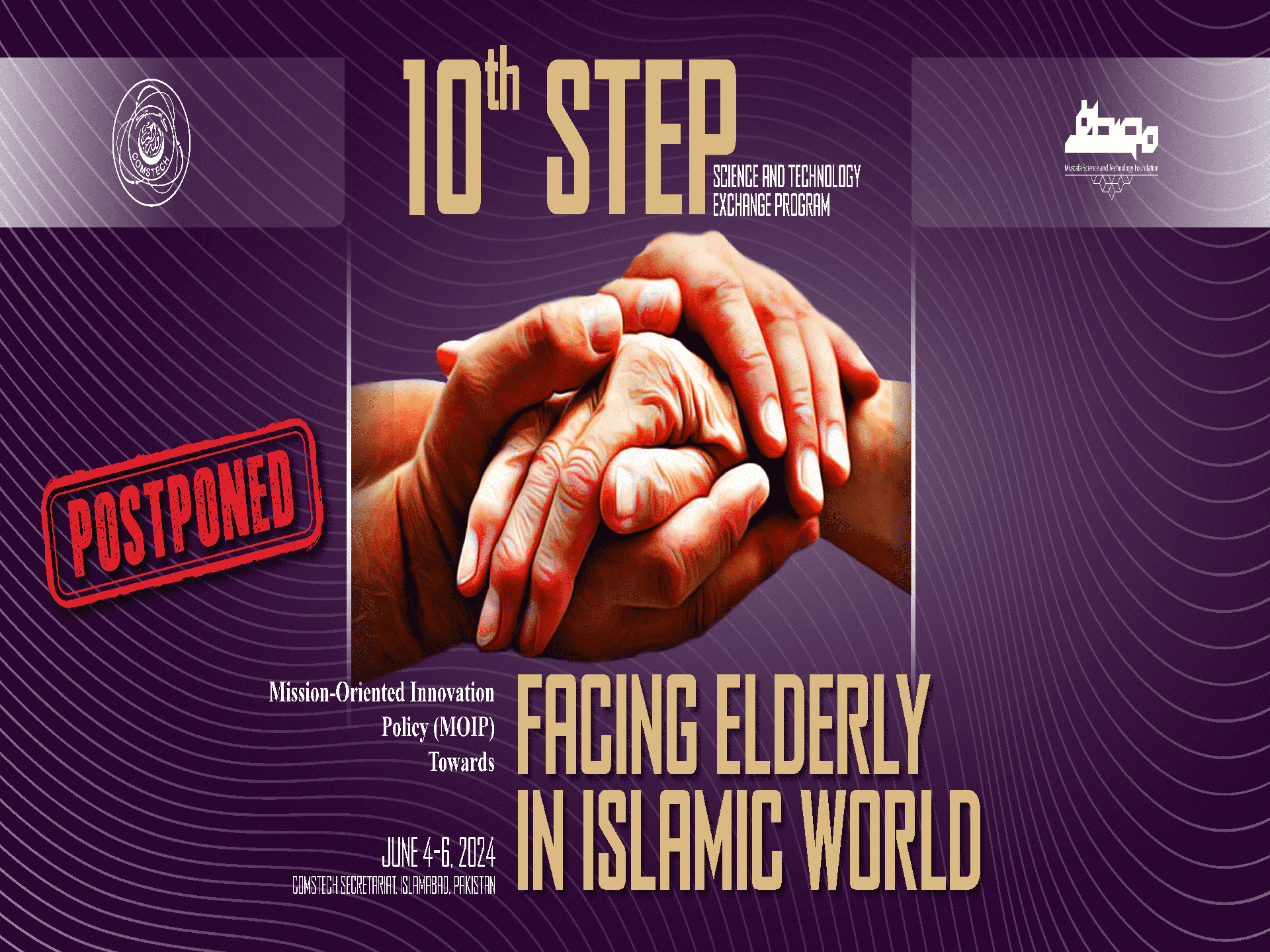
6th STEP

Energy Storage to Improve Buildings' Thermal Performance
10 Nov. 2019
MSTF Media reports:
Farid stated that problems associated with climate change have compelled scholars to think about solar energy and other renewable energies. More than 30 years ago this topic of energy started. The object of this type of energy is to capture solar radiation during the daytime for use at night which reduces heating in winter. Farid specifically focused on buildings and showed that in order to minimize homes overheating in summer, coolness available at night can be stored. This will eliminate the need to use air conditioners. Solar radiation, according to Farid, is stored in the walls in the daytime and utilized at night.
Another issue that energy storage can solve is peak load shifting, which is one of the critical issues that the majority of countries are facing nowadays. The other application of this energy can be in matters of air pollution. There are other applications such as improving food storage through energy storage.
Farid further dealt with the percentage of heat loss by posing the question that why old buildings are more comfortable without air conditioning. The answer to it is their use of thermal mass. Old houses follow heavy thermal mass construction. Thus, they are more comfortable than modern buildings simply because of modern air conditioning.
He further explained methods to store thermal energy such as sensible heat and latent heat. He focused on ways to minimize temperature fluctuations in the house by latent heat. Materials used for latent heat storage are paraffin and non-paraffin compounds, organic materials, and hydrated slats, each of which has its own drawbacks and negative and positive aspects. He also explained the market share and commercial use of PCM which has grown with the lapse of years. High investment has happened compared to years before when small money was invested on it. He further elaborated on the use of Microencapsules morphology in making use of energy storage in buildings.
He went on to explain the two ways in which PCM can be applied to buildings: passively and actively. Both of them have negative and positive aspects in terms of environment, cost-effectiveness, etc. He explained both of the approaches using the research that he had conducted in Auckland, New Zealand, on two offices that had been built based on the two approaches.
The next keynote address was delivered by Mohammad Soltanieh from Sharif University of Technology, who is also a founding member of several scientific societies. His speech mainly revolved around Iran's activities in the last 20 years regarding the area of climate change. He explained Iran’s climate change activities under the United Nations Framework Convention on Climate Change (UNFCCC), the ratification of UNFCCC on July 18, 1996 and ratification of the Kyoto Protocol in 2005. Strategic national action plan on climate change was prepared which included rules and guidelines for the implementation of activities of Iran towards the objectives of the conversion. Overall, above 50 experts and consultants helped to further the cause.
He further talked about the activities of national communications, with a focus on greenhouse gas inventory in various sectors and the emission of greenhouse gases. He stated that the emission of greenhouse gases in Iran is huge, ranking it among the top 10 emitters of greenhouse gases in the world. In 2010, 851 million tons of greenhouse gas was emitted.
Contribution of different sectors such as agricultural sector and energy sector to GHG emission in 2010 was also discussed. He further showed GHGs emission trends between 1994 and 2010. He maintained that Iran intends to participate by mitigating its GHG emission in 2030 by four percent compared to Business as Usual (BAU) scenario. A large list of mitigation options exits which Iran can utilize, but this activity is not in progress because of the sanctions imposed.






